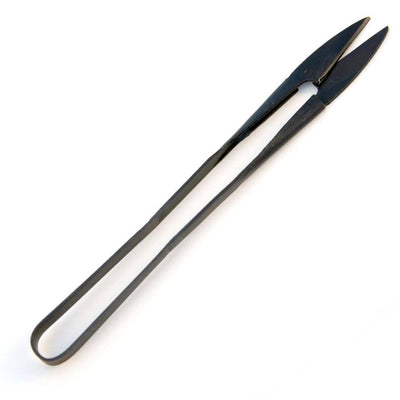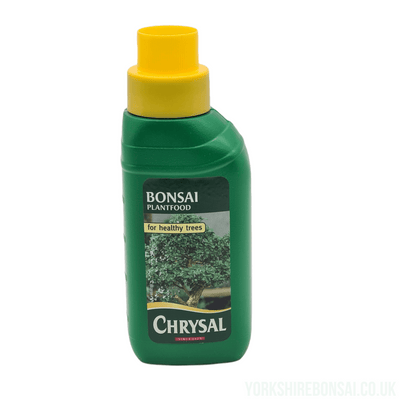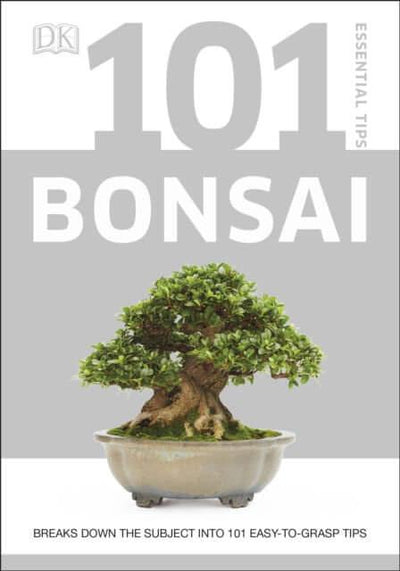What should I look for in a healthy bonsai?
Each individual species of Bonsai has its own unique properties and characteristics, however, here is a general guide to the qualities that most Bonsai trees will have if they're in good health.
What should I look for in a healthy bonsai?
If like us, you are lovers of bonsai trees, you will want to ensure that you look after your bonsai tree carefully to ensure that you maintain a healthy bonsai. Your bonsai tree is a living, growing plant so it needs nurturing with excellent precision and care. In addition, bonsai is an art form which has its origins in China and Japan where it has developed over centuries, so has its own guidelines and advice on how to care for your bonsai tree.
But how can you tell if you are looking after your bonsai correctly to ensure it is a healthy bonsai? In this article we guide you on what to look for in a healthy bonsai to ensure that you are looking after you bonsai tree correctly. We also give you some clues as to how to tell that your bonsai may not be healthy.
What does a healthy bonsai look like at a glance?
In brief, a healthy bonsai should look as follows:
- the base of the trunk should be thicker than the rest of the trunk
- as the trunk ascends it should get slimmer
- the leaves of a healthy bonsai should be evenly spread across the tree
In addition, the leaves of a healthy bonsai should:
- be of a vivid green colour and be thick

What details should I look for in a healthy bonsai?
The above gives you an overall indication as to what to look for in a healthy bonsai.
However, growing a bonsai is an art form, so attention to detail is vital if you really want to ensure you have a healthy bonsai.
Here are some points to observe:
- Branches
The branches of a healthy bonsai tree will be plentiful and evenly spread across the bonsai tree. They should also be hard and brittle so easy to break rather than soft and bendy.
- Roots
The roots of a healthy bonsai tree will not collide with each other and instead reach out in many directions. They should also be firmly attached to the bonsai pot and only slightly show.
- Trunk
As well as diminishing from the base to the top meaning that the base is a lot thicker than the top of the trunk, the surface of a healthy bonsai tree trunk should be smooth and appear strong.
Other ways to tell if you have a healthy bonsai
- Your bonsai tree is growing fast, with branch tops lengthening and a fresh growth during springtime.
- Your bonsai tree boasts good quality foliage which normally means that foliage is larger the higher it is on the tree, is deep green and evenly coloured and in proportion, as well as symmetrical.
Example of a healthy Bonsai tree

What are signs suggesting that your bonsai is not healthy?
If your bonsai is not healthy you will likely see disease symptoms.
These could be any of the following:
- the leaves are falling
- the leaf edges are not smooth and may contain ugly spots
- individual leaves may slump
- the branches are not strong and sturdy
- the roots of the tree are not firmly anchored and potentially coming out of the soil
- the foliage is dry
- the bark is swollen
- the bonsai tree has a rotting smelling soil which could indicate a root rot issue
- there are unwelcome insects on your bonsai tree such as grasshoppers which can affect the health of bonsai trees
What should I do if my bonsai does not look healthy?
If your bonsai tree displays symptoms that it may not be a healthy bonsai, you should obtain advice from an expert as soon as possible.
You can reach us at any time for assistance by contacting us here: https://www.yorkshirebonsai.co.uk/pages/contact-us.
If we can't help you then we have many contacts within the industry who may be able to.
Now that you are more aware of what to look for in a healthy bonsai such as the quality of the foliage, the shape of the trunk and the texture of the bark, you should be well equipped to nurture your tree. You should now also be able to spot whether your bonsai tree is displaying signs that it is not a healthy bonsai, such as through swollen bark and dry foliage and therefore, know when to seek expert help.






